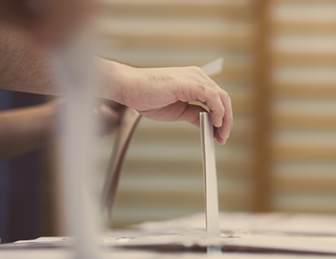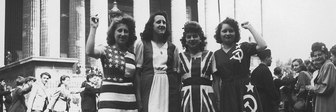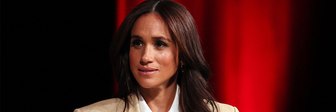Over the coming weeks, we'll be interested not just in 'swing', but in three different varieties. In this space I'll be examining each one, but let me start today by defining them. They are not new, of course, but the lesser varieties may this time come into greater prominence.
The first type of swing is the most obvious: Type 1 is between the two realistic contenders to form a government, and we clearly expect this swing to be from Labour to Conservative, though we're uncertain about the size.
Second is the swing from major parties to minor parties, and vice versa. This can be divided into two sub-categories: 2a is the one we are well familiar with, 'tactical voting', where people vote for a party not because they support it, but because the party they prefer cannot win in their constituency, so they vote for the preferred of the two real contenders. And Type 2b, the non-tactical vote for minor parties (Green, UKIP, BNP etc).
We may see more of 2b in this election, because people are more cynical about politicians and parties than ever before, and express far lower levels of loyalty. 'The main parties all say the same thing,' some will decide, 'So I might as well express my support for the party (or politician) that comes closest to my real views, even if they can't win'.
Types 1 and 2 are OK for the pollster: we are reasonably well practised at measuring support for minor and major parties. The swing that really worries us is Type 3: between voters and non-voters. Many people who don't end up voting tend nevertheless to think of themselves and express themselves as voters, because they feel it's the right thing to do. They want to feel like active citizens, they may really believe they will vote, but on the actual day practical obstacles or plain laziness means they don't make the effort. The drivers of voting behaviour may (or may not) be changing, for social as well as political reasons. And if the swing to or from non-voting is disproportionate - that is, if one party's stated supporters are more or less likely actually to make the journey to the polling booth - then that could make a significant difference between the opinion poll number and the election result. Pollsters often apply 'likelihood to vote' filters to their polls, especially on the eve-of-election when it's slightly more reliable, but there is no known reliable methodology for it.
It may not matter. We've been accurate so far, and we will probably end up with 'politics as usual'. But with the stated differences between the main parties perceived as narrow, and following the expenses scandals as well as the wider disillusionment with mainstream parties, this could be the election where Swing Types 2 and 3 become a bigger factor.









